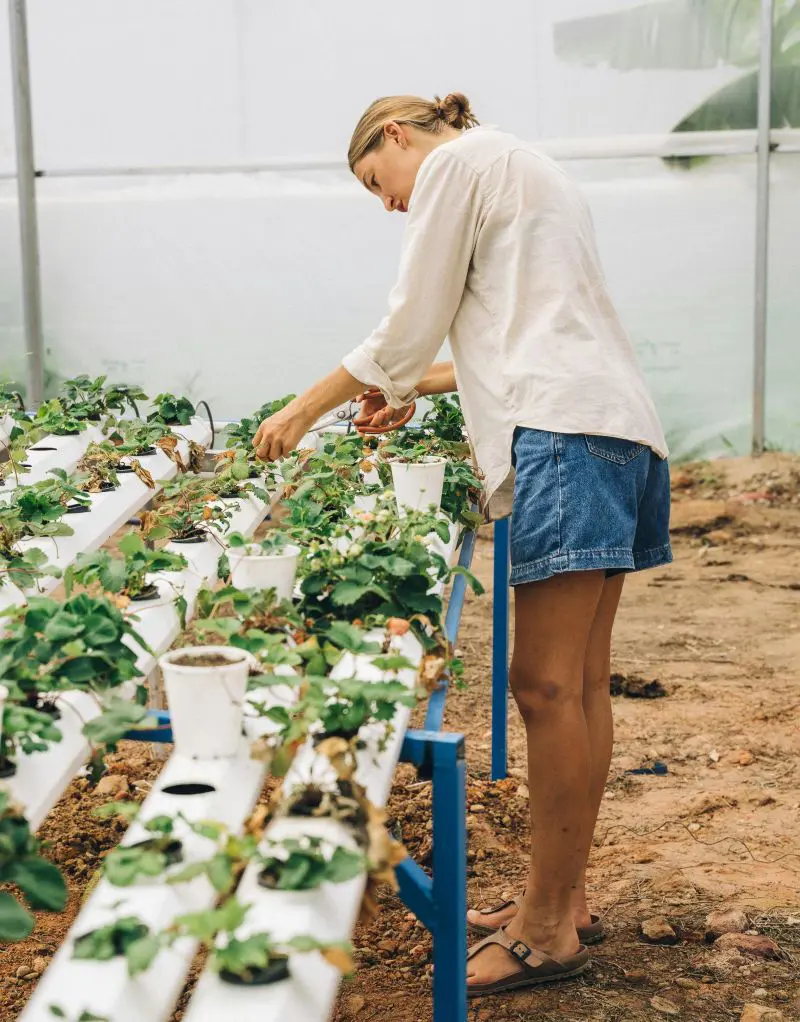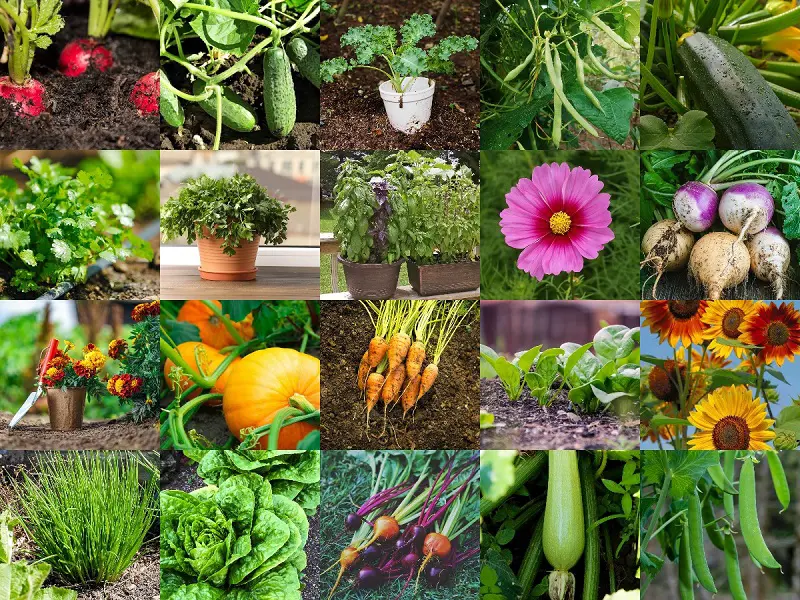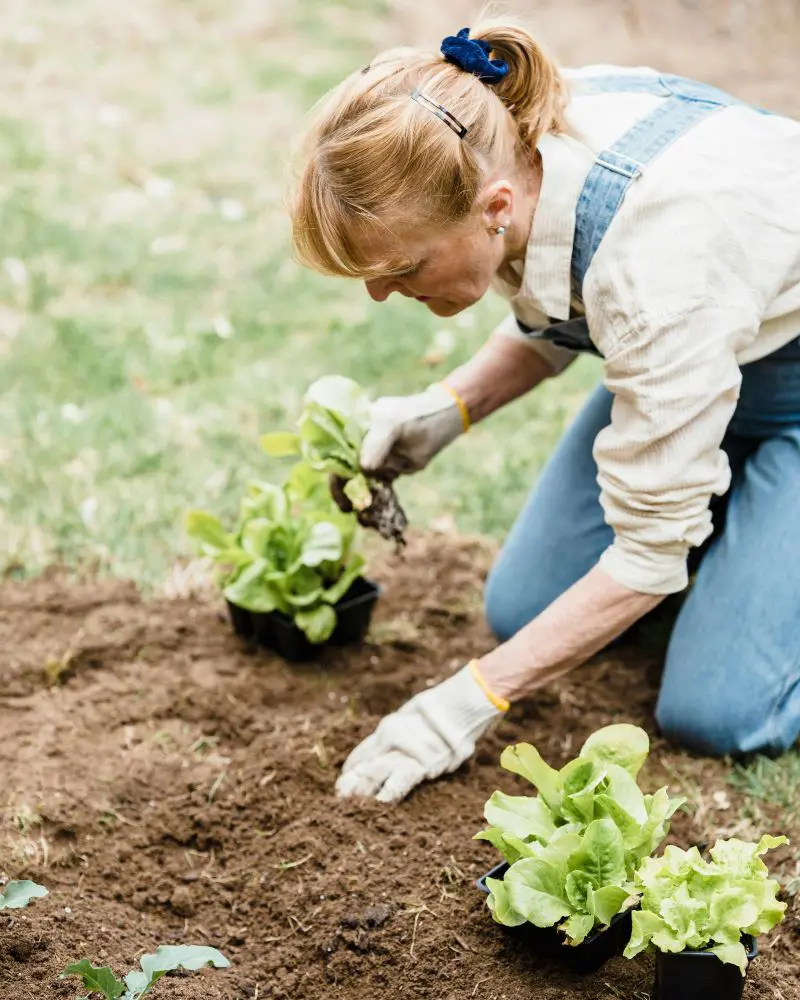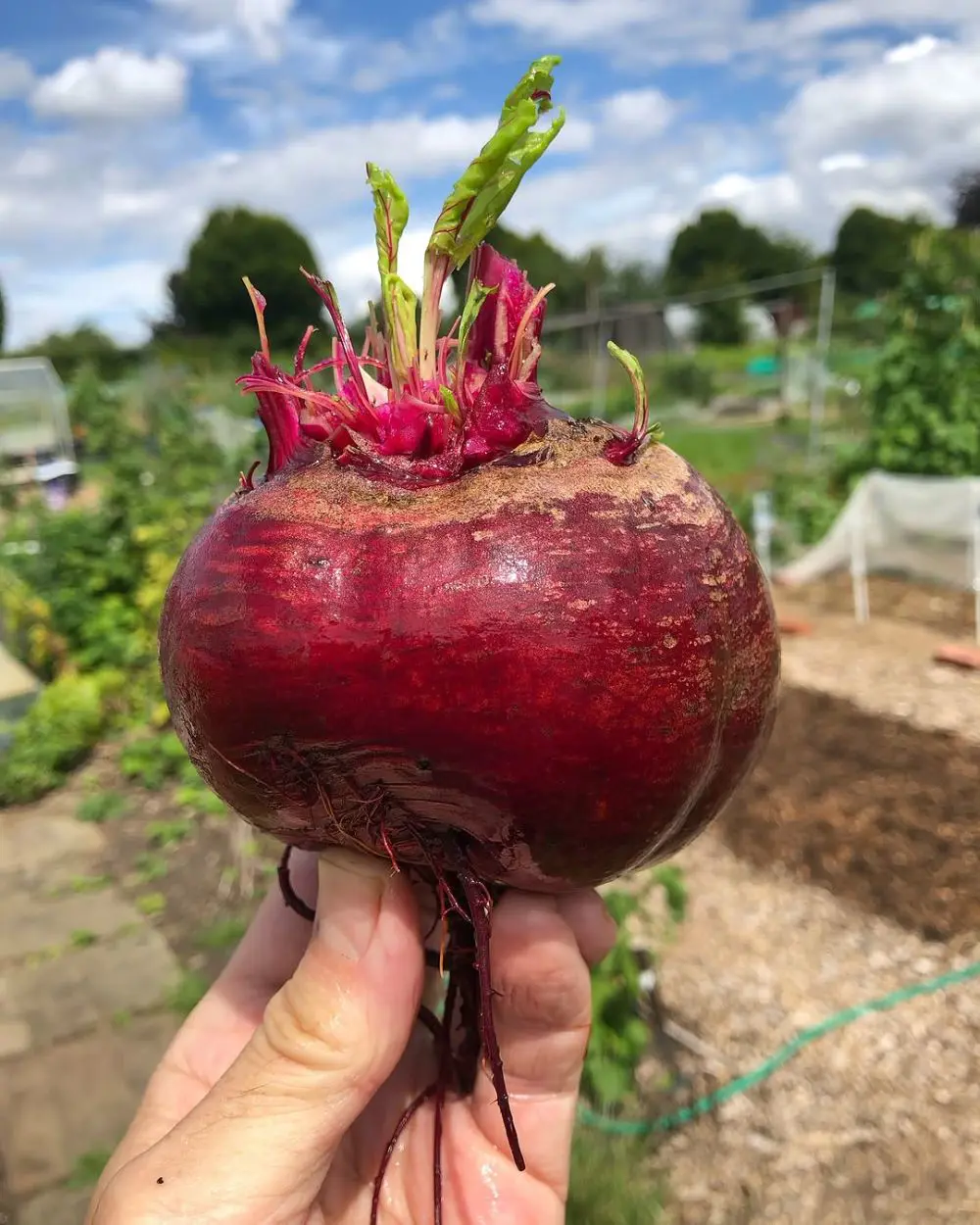1. American Arborvitae Tree

The American Arborvitae trees are shrubby zone 6 evergreen plants with an upright-grown habit and are an excellent tree choice for this zone. This tree is sure to add colors and vertical interest to your garden with some cultivars producing stunning bright golden foliage.
This tree species is native to North America and is predominantly found in forests, swamps, and lake shores with well-draining and moist soils. Dwarf or shrub cultivars also exist allowing for planting in compact places and providing an accent against a green background.
Bloom Time: April
Type: Perennial
Light: Full Sun
Soil: Moist, Well-Draining Loam



















